Photogrammetry

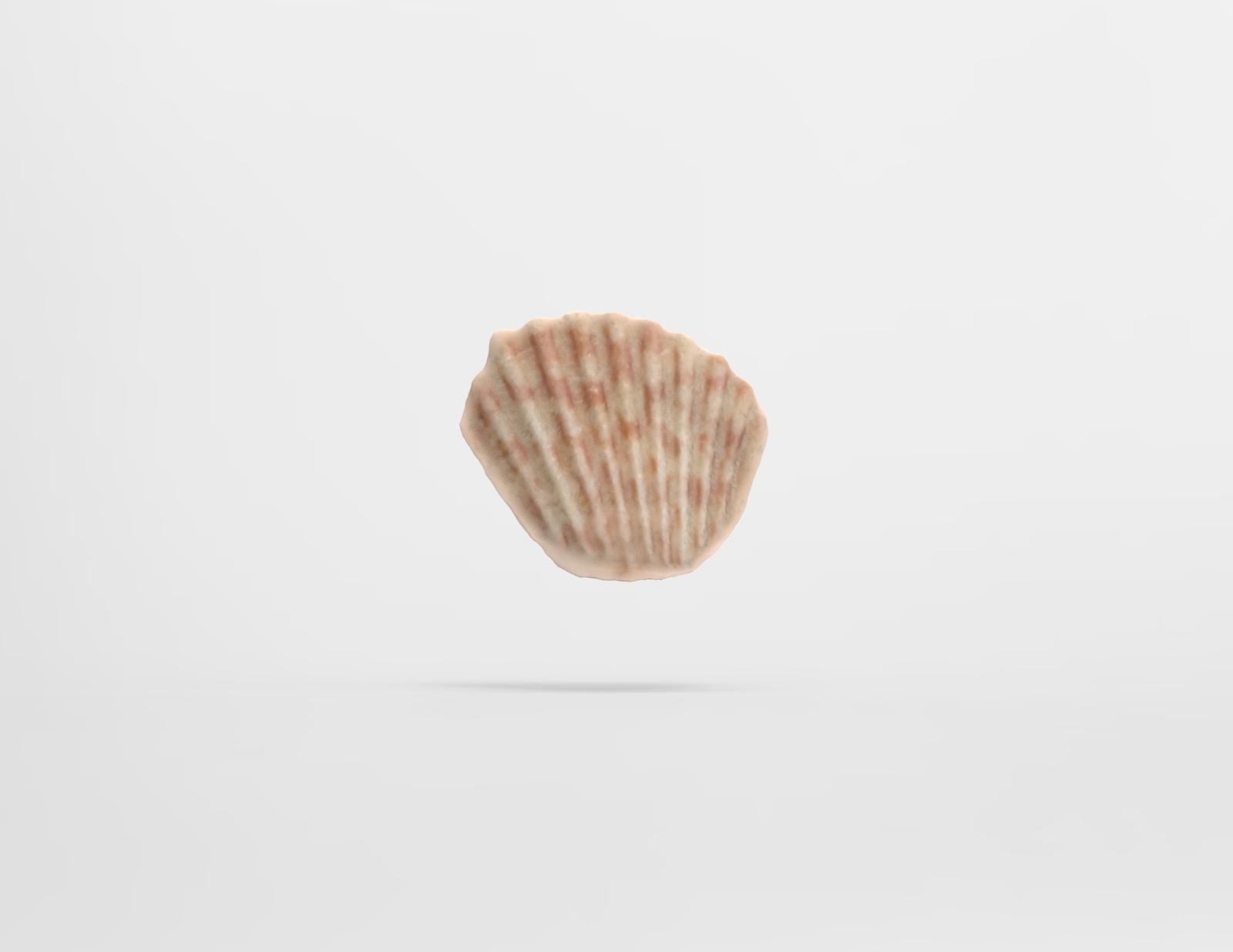

The purpose of this project was to create 3D models of real-life objects found in nature. Techniques used to create the models include photogrammetry and CAD modeling.
Supplies

Here was the set-up for getting the "perfect shots." A white A3-size paper was placed on the 3D printer as the backdrop. Two lamps were positioned at different angles to illuminate the objects. Skewers were hot glued onto the objects then placed on an eraser for balancing the objects upright. Photographs were taken on an iPhone 6s, mounted on a tripod stand.
Finding Objects



The objects I selected were seashells found at my local beach. I choose a littleneck clam, cockle, and blue mussel shell.
The Littleneck Clam has contrasting textured surfaces between the interior and exterior shell. The interior shell surface is smooth, while the exterior features concentric patterns that expand outward from the umbo. The concentric patterns intersect with a radial pattern of ridgelines stemming from the umbo. The concentric lines on the outer surface are also known as age rings, which represent the age of the organism.
The Cockle has radiating lines along the body of the shell. The exterior surface of the shell is spotty beginning from the umbo, then begins to blend midway to a solid color. The interior surface appears smooth but with similar ribs that mirror the outside surface.
The Blue Mussel is a type of shellfish found in regions such as the Mid-Atlantic, Southeast, and West Coast. The shape of the shell varies based on a variety of factors. Factors included geographical location, levels of salt concentration, and temperature in the water. The overall shape of the common blue mussel resembles a narrow teardrop. A ripple effect of growth lines, with minimal spacing between, expand from the umbo to the ventral margin or the lip of the shell.
Scanning Objects

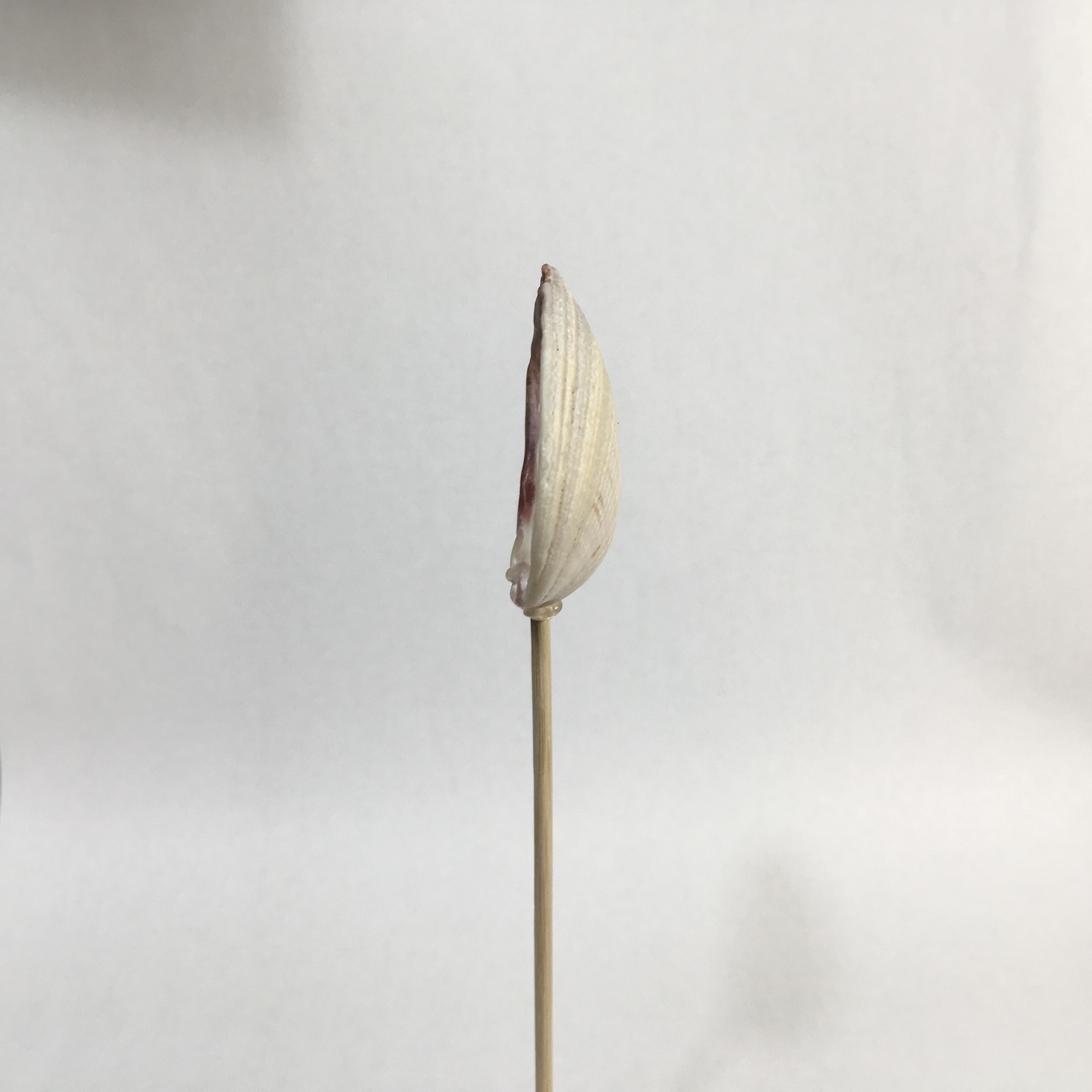

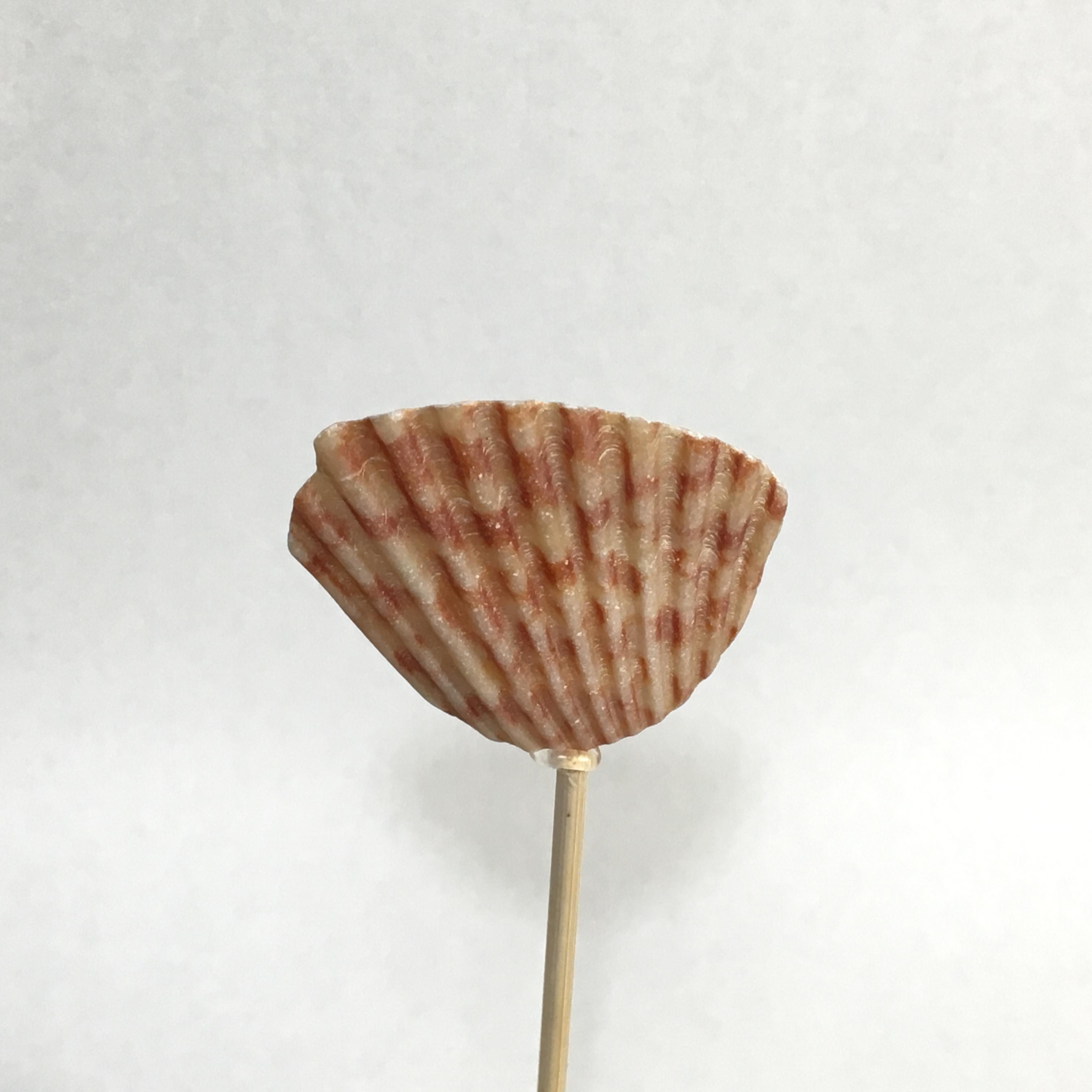
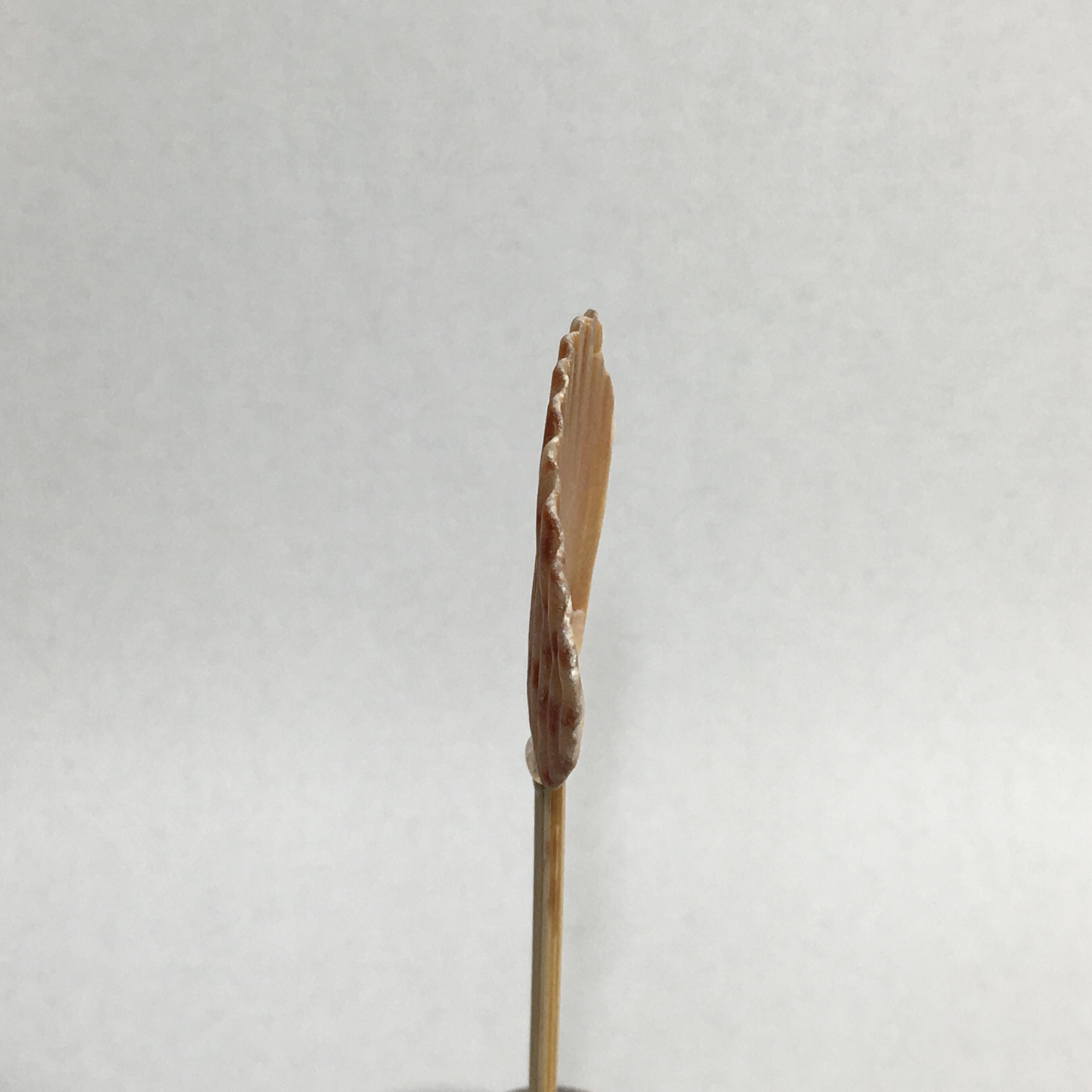


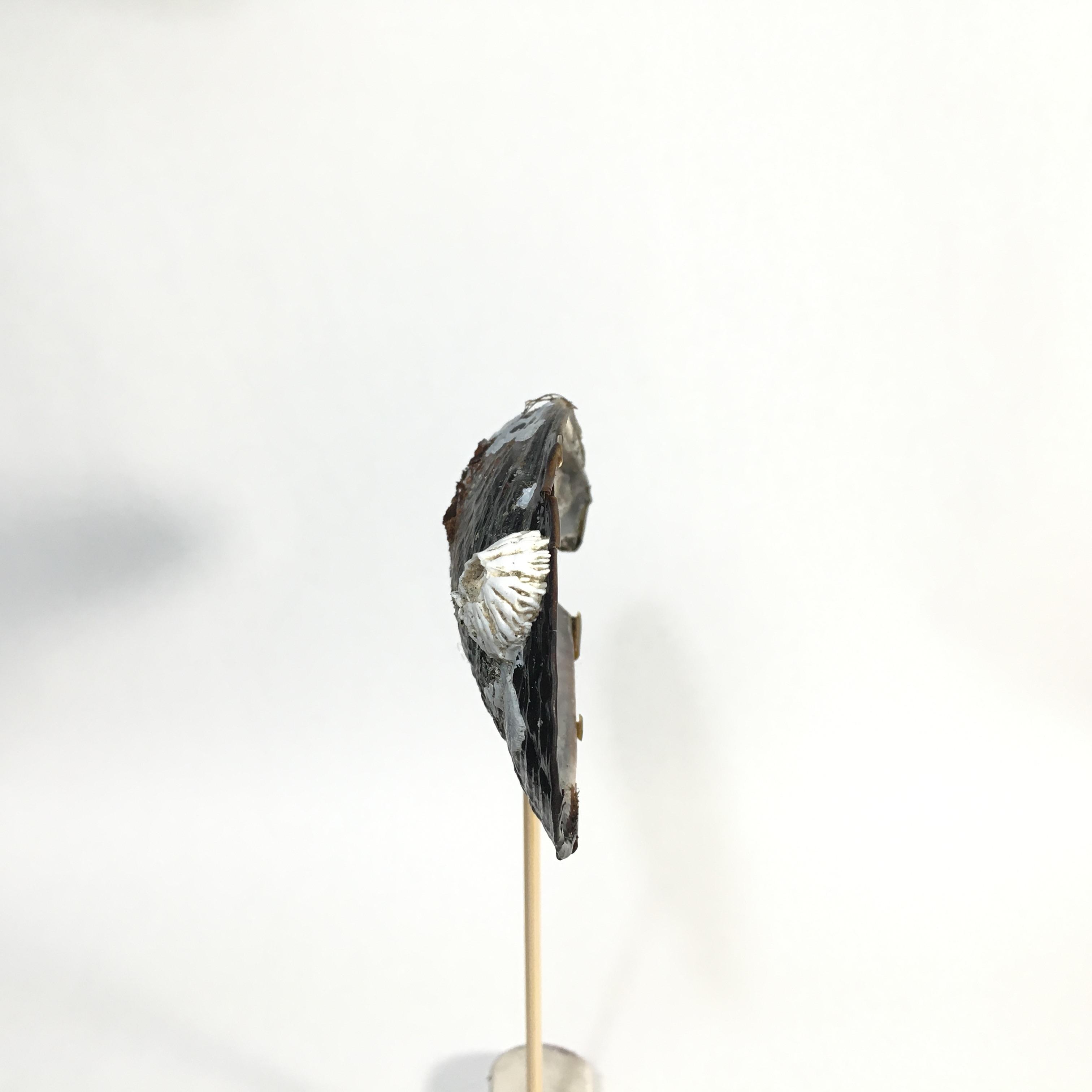

Pictures were taken by rotating each object in 360-degree views to capture surface details.
3D Models
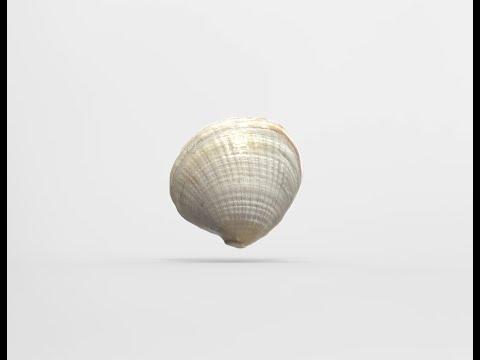
Finished animation rendering of the seashells.
Final Prints




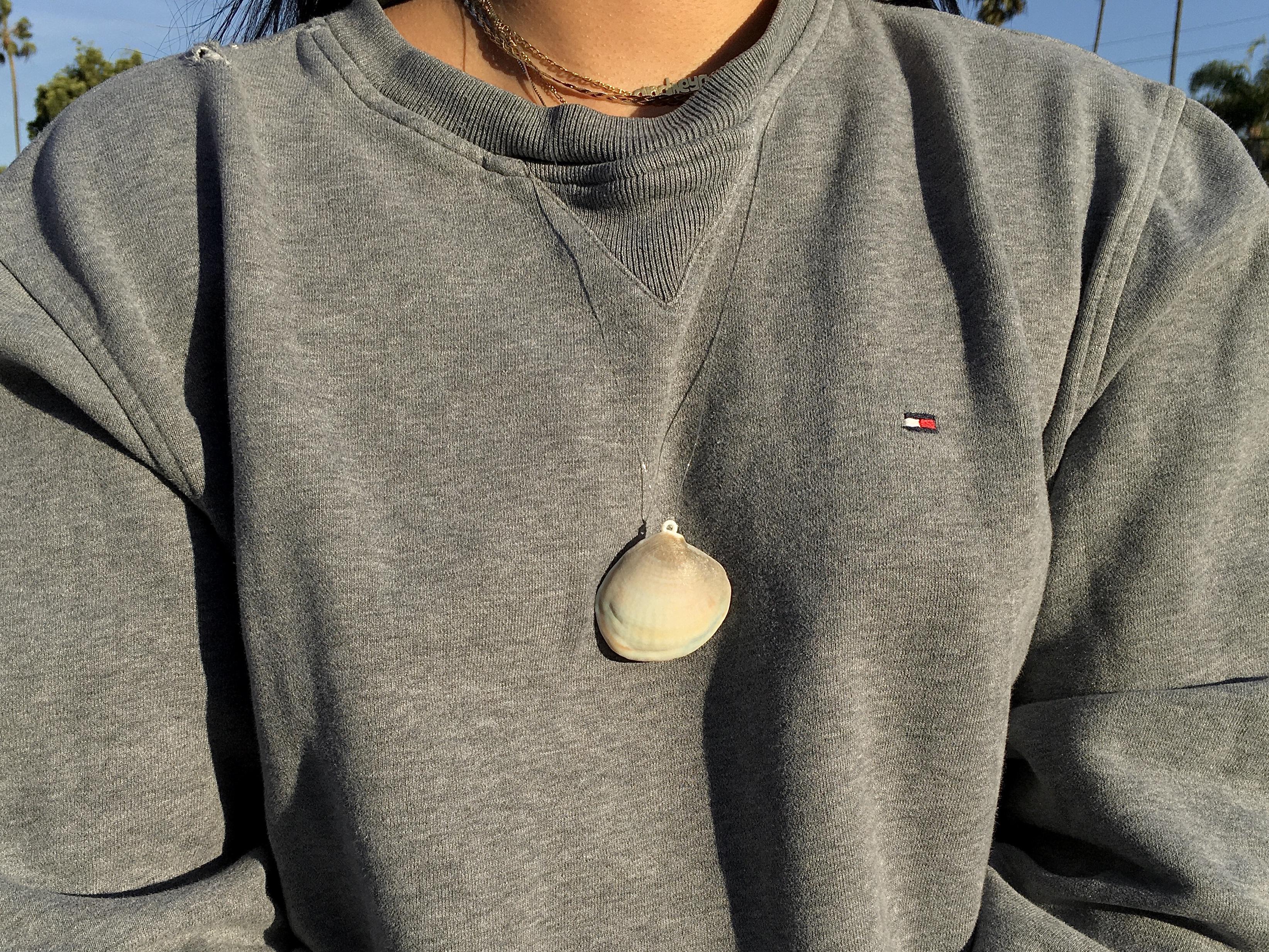
Here is a side-by-side comparison of the 3D prints and the scanned shells. A loop was added to the clamshell and made into a necklace with fishing wire.